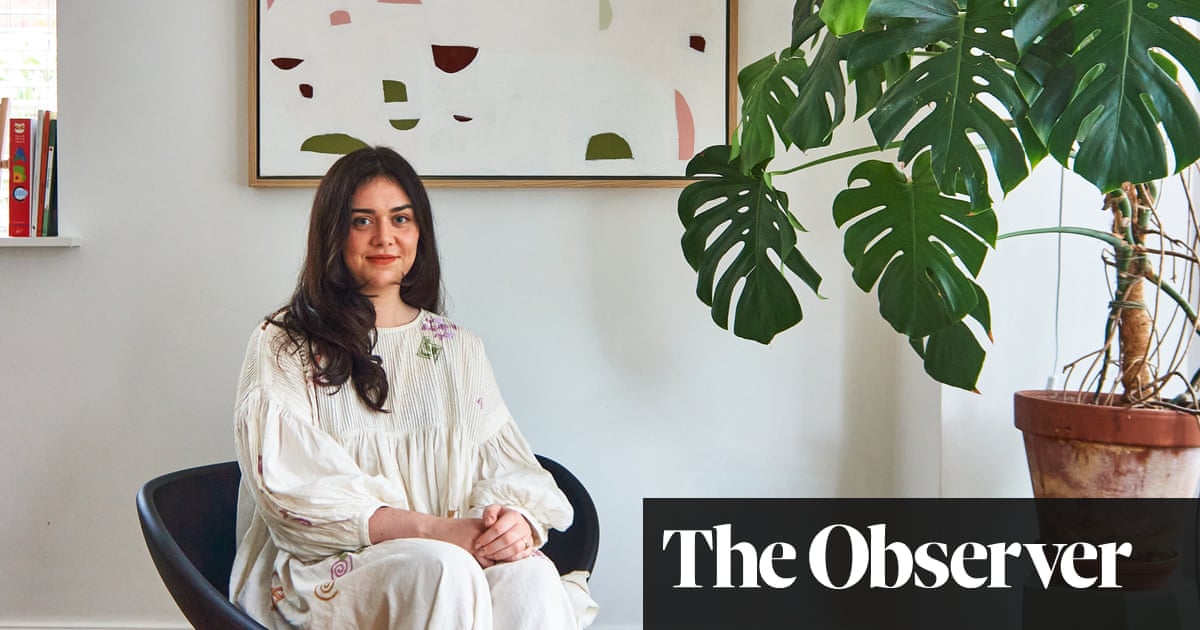
JEDDAH: Collecting antiques and vintage pieces is gaining increasing popularity among millennial and Generation Z Saudis, with a growing number of Instagram stores selling pieces at a wide range of prices.
Acquiring and reusing vintage clothing, accessories and homeware products, particularly among young consumers, comes from a new sense of individuality, uniqueness and self-expression.
In Saudi Arabia, used items have always been recycled through charity. However, the situation changes as conversations around resale, pre-owned, or pre-loved pieces are evolving, thanks to millennials, who are a receptive audience for these throwback products.
Although there are some antique stores distributed across the Kingdom, these are usually focused on pieces with aesthetic and historical significance.
While there is no established market for these types of businesses in Saudi Arabia, things are starting to change as the attitude toward pre-used products shifts.
Reem Aba Alkhayl, a Saudi fashion design graduate from Otago University in New Zealand, is the owner of La Reema vintage boutique in Jeddah.
At her online boutique, Aba Alkhayl offers a selection of modern and minimal vintage clothes, jewelry, purses and accessories in classic silhouettes.
In addition to the sense of beauty and authenticity vintage items provide, for Aba Alkhayl, cherishing vintage is also a response to fast fashion.
“While an appreciation for design, history and individuality sparked my initial interest in vintage, I am also drawn to the sustainable attributes as an added step toward supporting the environment,” she told Arab News.HIGHLIGHT
In Saudi Arabia, used items have always been recycled through charity. However, the situation changes as conversations around resale, pre-owned, or pre-loved pieces are evolving.
As interest in fast fashion trends begins to decrease, people are looking for pieces that are more timeless, with better quality and unique designs, she added.
“Also, new fashion trends are just old ones coming back to life, so what could be better than buying the item which was first produced?”
Established in 2020, La Reema is geared toward Saudi women living in areas “where it is quite hard to find such unique pieces.”
Aba Alkhayl appreciates unique designs that have stories of their own. She researches the maker of each of her pieces, the brand, style and place of origin, and tries to pass that history on to the next owner of the piece.
As a vintage lover and collector, Aba Alkhayl has built connections with antique stores and vintage sellers around the world, including the UK, US, France, Italy and Russia.
Since vintage is a newly introduced culture to the Saudi community, sellers find some challenges as they deal with potential customers.
“Our items have a history going back 20 years and more, so due to previous wear and the passage of time, they may have flaws or imperfections,” Aba Alkhayl said. “That is a fact that, unfortunately, not all customers can understand.”
Moreover, once the piece is sold, sellers cannot stock it again due to its rarity.
The growing popularity of vintage has been linked to several factors, including the current economic climate, a change in consumer attitudes toward wearing and utilizing secondhand goods, and the inclusion of vintage inspirations in current fashion designs.
Eco-fashion and sustainable trade values with the help of social networks and media have played a considerable role in marketing this trend.
The growth of the resell economy worldwide, particularly in fashion, is seen to be largely driven by millions of millennials and Gen-Z members who are building mini-businesses online or taking part in existing platforms.
For instance, the London-based Peer-To-Peer social vintage shopping app has over 18 million users, 90 percent of whom are under the age of 26.
Furthermore, according to a recent report by the online secondhand clothing platform Thred Up, the total second-hand market is projected to grow to almost twice the size of fast fashion by 2029.
Ghaida and Ghadeer Alaliwi are two cousins who founded Le Rovine Concerto, the first Saudi vintage gallery store dedicated to vintage hand-painted tea and coffee cups, in 2016.
“Saudis love coffee and tea. Everyone in Saudi Arabia prepares their delicious drink in their own way, with flavors, serving, or even with a fancy cup that speaks of authenticity and tradition,” they told Arab News.
Since then, the pair have attracted hundreds of customers and thousands of followers throughout the Kingdom, with the stories behind pieces a common factor in attracting vintage buyers.
“The scarcity of pieces has attracted many people to acquire pieces of artistic, cultural and historical meaning for their homes.”
The two have noticed an increase in the number of Instagram vintage stores in Saudi Arabia, especially during 2020.
“Perhaps the severe pandemic period inspired people to work creatively to counter the difficult circumstances imposed by the pandemic.”
Collecting and selling vintage is hard work, and requires passion and patience. For Ghaida and Ghadeer, their store is an investment in a hobby they can share with others.
The cousins said they were fascinated by the antique tea sets their grandmother displayed in her dining room showcase. The fine craftsmanship of decades ago, despite the lack of resources at the time, was their primary source of inspiration — justifying millennials’ fascination with nostalgia.
“Vintage homeware has incomparable beauty, which modern pieces lack. They were made of good material that helped them survive the passage of years, and also bore inscriptions symbolizing previous societies that highlight their authenticity.”











